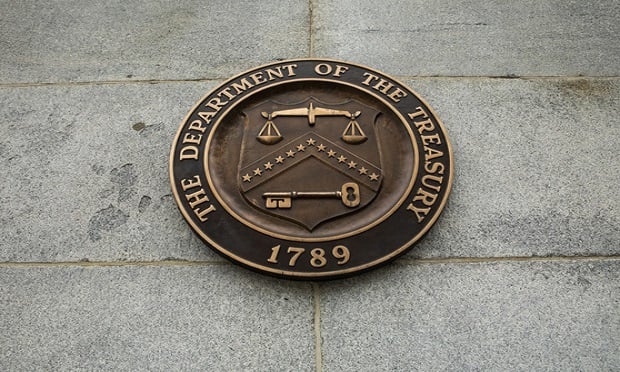 The Federal Insurance Office (FIO) of the U.S. Department of the Treasury (Treasury) is asking for public comment on FIO's future work relating to the insurance sector and climate-related financial risks. (Photo: Diego M. Radzinschi/ALM)
The Federal Insurance Office (FIO) of the U.S. Department of the Treasury (Treasury) is asking for public comment on FIO's future work relating to the insurance sector and climate-related financial risks. (Photo: Diego M. Radzinschi/ALM)
On August 31, the Federal Insurance Officer (FIO) — an arm of the U.S. Treasury Department — published a request for information to understand how well U.S. insurers are prepared to handle the effects of climate change, with comments due Nov. 15.
Recommended For You
Want to continue reading?
Become a Free PropertyCasualty360 Digital Reader
Your access to unlimited PropertyCasualty360 content isn’t changing.
Once you are an ALM digital member, you’ll receive:
- Breaking insurance news and analysis, on-site and via our newsletters and custom alerts
- Weekly Insurance Speak podcast featuring exclusive interviews with industry leaders
- Educational webcasts, white papers, and ebooks from industry thought leaders
- Critical converage of the employee benefits and financial advisory markets on our other ALM sites, BenefitsPRO and ThinkAdvisor
Already have an account? Sign In Now
© 2025 ALM Global, LLC, All Rights Reserved. Request academic re-use from www.copyright.com. All other uses, submit a request to [email protected]. For more information visit Asset & Logo Licensing.








